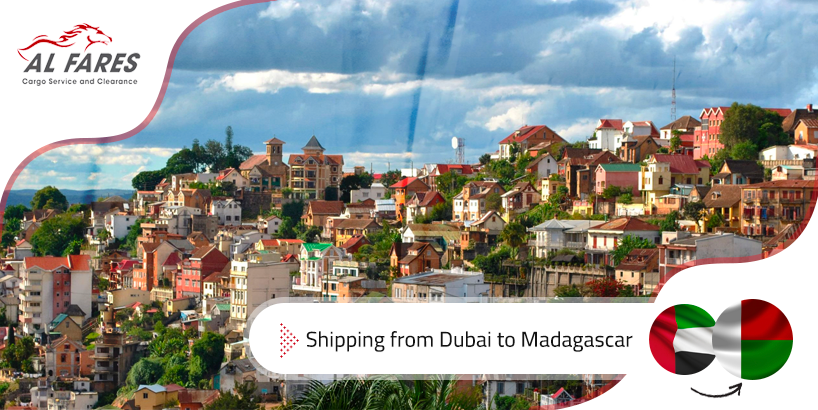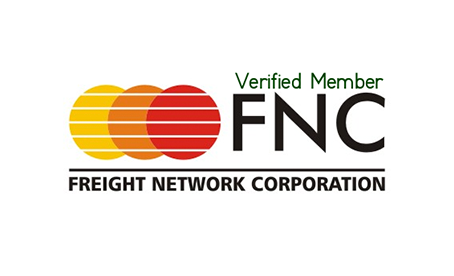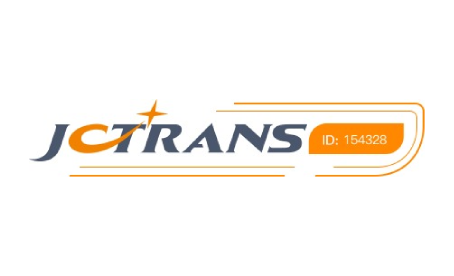Shipping from Dubai to Madagascar is one of the most widely used ways of transporting goods across the Indian Ocean. Madagascar is one of the largest islands in the Indian Ocean, and it is the fourth largest island in the world in terms of area. It is characterized by a diverse mix of cultures and wonderful natural terrain, making it a distinctive destination for trade and tourism. Due to its strategic location between the continents of Africa and Asia, which makes it a vital trading point for trade exchange between the continents. Madagascar also has important seaports such as the Port of Tamatave and the Port of Toliara, which facilitates shipping operations and enhances maritime trade between Dubai and Madagascar.
In addition, Madagascar's tourist features include sandy beaches, rainforests, volcanic mountains, and fertile plateaus, which attract tourists from Dubai.
How to prepare shipments for shipping from Dubai to Madagascar
1. Preparation and packing:
The shipping process begins with coordination with Al Fares preparing the shipments for transportation and packing them appropriately to ensure their safety during transportation across the Indian Ocean.
2. Shipping methods:
Air or sea freight can be used to transport goods from Dubai to Madagascar, the choice depends on the type of goods, schedule, and budget cost.
3. Customs clearance:
The shipping process requires settling customs procedures in both countries, as local regulations and permits must be complied with.
Shipping methods used to ship goods, luggage, and cars from Dubai to Madagascar
There are several methods that can be used to ship goods and luggage from Dubai to Madagascar, including air and sea options. Choosing the appropriate
shipping method depends on several factors such as the type of shipments, budget, and period required for delivery. Here are the most prominent shipping methods used:
1. Air freight:
Air freight is considered one of the fastest ways to transport goods and luggage from Dubai to Madagascar.
Air freight is characterized by fast delivery and arrival at the destination, as the time required for shipping can be reduced to only several days.
Air freight is an ideal option for goods that are of high value or require fast delivery.
2. Sea freight:
Sea freight is an economical option for transporting oversized goods and heavy luggage.
Sea shipping takes longer than air shipping, as it can take approximately twenty days to reach Madagascar.
Sea shipping is a good option for large-volume goods that do not need fast delivery.
Integrated logistics services
Al Fares provides integrated logistics services that include export customs clearance, temporary storage, and assembly, providing a comprehensive solution to shipping needs from Dubai to Madagascar.
The most important commercial cities in Madagascar
Antananarivo is the capital of Madagascar and the largest city in the country. It is considered a major centre for trade and industry.
Tamatavy is located on the eastern coast of Madagascar and is considered an important port for sea shipping.
Mahajanga is located on the northwestern coast of Madagascar and is considered a centre for the fishing and shipping industry.
Fianarantsoa is in the central region of Madagascar and is considered a centre for trade and services.
Majunga is located on the northwestern coast of Madagascar and is considered a centre of industry and trade.
Toliara is located on the southwestern coast of Madagascar and is considered an important port for exports of agricultural materials and minerals.
Morumbi is located on the southwestern coast of Madagascar and is considered a port for fishing and marine industries.
Manakara is located on the southeastern coast of Madagascar and is considered a centre for agricultural industries and trade.
Papers required to be submitted to customs when shipping from Dubai to Madagascar
When shipping from Dubai to Madagascar, the shipping process may require a set of documents required to ensure the process is smooth and complies with customs and legal regulations. Here is a list of key documents that may be required:
1. Commercial Invoice:
It contains details of the shipped goods, such as description, quantity, value, and prices.
2. Bill of Lading:
It is considered a confirmation document for the shipment, details of the shipment, and details of land routes and ports.
3. Certificate of Origin:
It proves the source of goods and the country in which they were produced and can affect customs duties and tariffs.
4. Packing List:
Provides details of the packaging of goods, their weights, and dimensions.
5. Certificates of Compliance/Verification:
It can be requested in the case of goods with special restrictions such as food or hazardous materials.
6. Financial Documents:
Can include payment invoices, insurance certificates, and financial inspection certificates.
7. Customs documents:
Includes customs declarations, customs licenses, and any documents related to customs.
8. Pre-Shipment Inspection Documents:
It may be required in some cases to ensure that goods comply with local and international standards.
Tips for everyone who wants to ship from Dubai to Madagascar
If you intend to ship your goods or luggage from Dubai to Madagascar, here are some tips that you can follow to avoid problems and ensure a smooth process of shipping your goods, luggage, or car from Dubai to Madagascar:
1- Planning:
Pre-plan the shipping process, including choosing the appropriate shipping method and preparing the required documents.
2- Examination of laws and regulations:
Check Dubai and Madagascar customs and export laws and regulations and ensure compliance with them.
3- Cargo insurance:
Take care of insurance for your goods to protect them from any losses or damages during the shipping process.
4- Register and track the shipment:
Make sure to record and track your shipment regularly to know its location and condition during the journey.
5- Cost calculation:
Calculate the expected costs of the shipping process, including shipping fees, customs, insurance, and any additional costs.
6- Preparing documents:
Prepare and distribute necessary documents such as trade invoices and bills of lading to avoid any delays at customs. Ensure compliance with all applicable health and security guidelines during the shipping process, especially regarding hazardous or perishable items.
7- Time planning:
Plan the length of time required for the goods to reach their intended destination and consider factors such as timeline, weather, and customs conditions.


 Track Your Shipment
Track Your Shipment
 Online Enquiry
Online Enquiry
 Sign In
Sign In
 English
English

 Alfares Cargo
Alfares Cargo
 أهم وجهات الشحن
أهم وجهات الشحن
 2024-03-21
2024-03-21












